
Managing a dental office can be at times like juggling a dozen balls at once- possibly more on a hectic day. One hour, you are attending to a patient, the next, you are helping staff to resolve a scheduling issue. And frankly, with the advancements in the dental field... it is more difficult than it ought to be to do all of this without the correct software systems.
Let's explore it. What does the term "dental software" mean? What are the types? More significantly, why should your clinic care? To be honest, it can be a headache to invest in the wrong software—or the right one for the wrong reasons. So let's go through it piece by piece.
There is a reason why most clinics nowadays are dependent on dental software. Not just for keeping things "organized," but for making the entire day feel smoother.
Easier. Less chaotic.
Appointments? Handled. Patient charts? Accessible in seconds. Billing and claims? Much less stress. And AI-driven tools will provide the opportunity to analyze data and provide a heads-up about potential problems as well. And--a thrilling aspect to it--there are tools that are powered by AI to assist in diagnosis or automate something you would otherwise spend too much time on, If you've seen names like Pearl, Overjet, VideaHealth, Denti.AI, or 3Shape, scano AI you've already stumbled onto some of the major players pushing dentistry forward.

Think of it like the hub of your clinic.
It has scheduling, billing, patient follow-ups, staff coordination and everything.
The most popular PMS are Dentrix and Open Dental. They are not glamourous, but they work, and frankly, in a busy clinic, it is gold.
Such systems are the digital brain of your clinic. They maintain the history of patients along with their treatments, notes etc. - all under a single location.
There are AI platforms directly connected to EHRs.
As an example, VideaHealth will be able to scan X-rays and outline possible cavities or bone problems automatically. The dentist still makes the call, of course, but having that "heads-up" is invaluable.
X-rays in the film are long gone. Digital imaging software is concerned with the X-rays, CBCT scans, and the intraoral photographs.
3Shape is the star for 3D scanning and modeling. At the same time, Pearl is able to scan routine X-rays within a couple of seconds, and it is able to mark possible problematic spots.
This software allows mapping each tooth, documenting the state, and tracing the treatment digitally.
Denti.AI also has the capability of auto-detecting cavities and other ailments on the X-rays, which it then updates in the charts. No longer scribbling or duplicating entries—though some may still want to use pen and paper.
This is where AI comes in. Such tools analyse pictures, find anomalies, and even propose treatment options.
scano AI : AI non intrusive screening software and diagnosis
Pearl: Bone loss and cavity detection.
Overjet: Clinical review and insurance.
VideaHealth: Periodontal disease early diagnosis.
It does not involve replacing dentists. It is a matter of ensuring that there are no lapses on the loopholes, particularly during a busy practice.
Claims on insurance are...uh, complicated. Billing software automates claims, checking errors and accelerates reimbursements.
Overjet enables a combination of clinical review and billing that identifies the possible errors before the claims are filed. This minimizes rejections and agonies.
Yes, it is possible to treat patients remotely. Teledentistry allows patients to have consultations at the comfort of their homes.
Features:
Informing the patients is essential. Late attendance and unturned forms are infuriating to all.
The trivial things are the ones that count. Patients will feel that they are taken care of, and staff will not spend a lot of time in pursuit of people.
In short of gloves in the middle of a procedure? Nightmare.
Inventory software follows supplies, usage and orders.
It is one of those behind-the-scene tools that helps to make a clinic appear smooth even when it can be crazy inside.
There are platforms that are nearly all-encompassing: PMS, imaging, AI diagnostics, billing, patient communication.
Examples: scanO has an ecosystem which detects a treatment plan and also helps with appointment, scheduling and follow up. 3Shape environment combines workflow, imaging, and 3D scanning.
Here's what to keep in mind:

Short-term Workflow Solutions with Long-term Payoffs. Clinics do not necessarily observe one such thing, which is that software alters the tempo of the whole day, but not at first. It is more frequent that appointments are timely. The transfer between employees is made easier. You also do not spend so much time searching for the information that is lost since, technically, there is nothing lost at all. These minor efficiencies become quantifiable in a span of several months. Fewer no-shows. Faster documentation. Improved radiograph interpretation. Even billing is not as tense since there are less errors that lead to insurance pushback due to automated review of claims.
It is not always easy to make the switch to software.
Something that doesn't get talked about enough is what happens after you choose the software. A surprising number of clinics assume the hardest part is picking the system, but the real challenge shows up the moment you decide to put it into daily use. And, to be honest, most teams aren't fully prepared for the small disruptions that come with change. It's normal.
The first thing that usually helps is planning a phased rollout.
Not everything needs to switch over on day one. Some practices start with scheduling and digital charting before they bring AI radiograph tools or imaging systems into the mix. This slower approach feels less stressful for staff and gives everyone a bit of breathing room--especially if your clinic already has a fast-paced environment where the team can't afford a single chaotic week.
Training also plays a bigger role than people expect. Even the most intuitive platform still requires users to get comfortable. Administrative staff, for example, may need extra time with insurance tools or claim-automation features. Hygienists adjust differently; they tend to care more about charting speed and having fewer steps during documentation. And dentists--the ones making clinical decisions--often need longer training sessions with AI tools like Pearl, Overjet, VideaHealth, or Denti.AI, mostly because they want to understand why the software marks a specific area on a radiograph or suggests a possible diagnosis. That curiosity is natural, and honestly, it's a good sign.
Dental software is no longer a convenience, but it is a necessity. It assists clinics in their routine and enhances patient care, to the extent of diagnostic AI. The most popular ones are Pearl, Overjet, VideaHealth, Denti.AI and 3Shape, scano AI
The takeaway? Invest in the right software. Your staff will thank you. Your patients will notice. And you will spend more time doing what you entered dentistry to do- taking care of people.
scanO is an AI ecosystem transforming oral health for patients, dentists, corporates, and insurers worldwide

© 2025 Trismus Healthcare Technologies Pvt Ltd